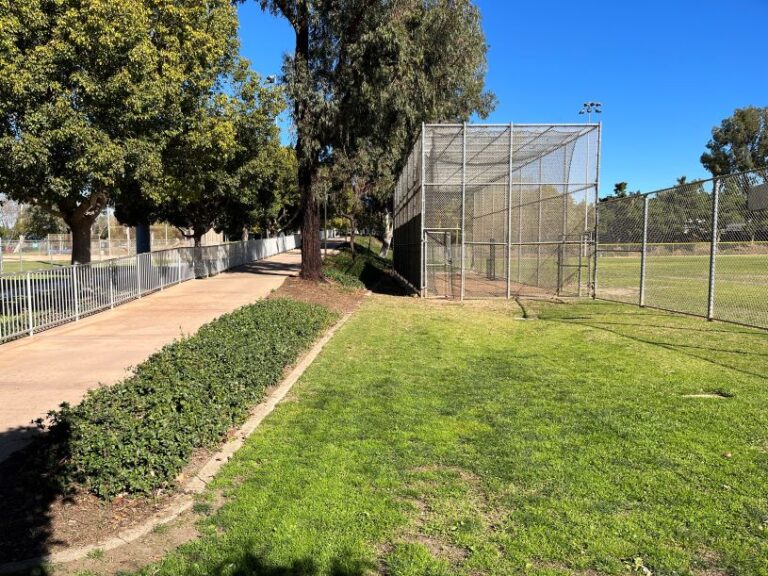By John C. Fech and Bradley R. Jakubowski
Wide fluctuations in moisture, temperature and wind patterns make small problems into big ones. A few manifestations of these include anthracnose, pythium blight and take all patch, billbug and white grub infestations, cankers in tree trunks, gaps in sprinkler system coverage and desiccation of both turf and ornamentals. All of these become so much more severe when the weather hits hard and fast. Whether it’s on the field or in the surrounding landscape, these influences are significant. Fortunately, there are some tried-and-true techniques that can lessen their impact.
What’s extreme?
Extreme…really? These days? What’s extreme? It used to be that extreme meant expanding the NCAA basketball playoffs from 32 to 64 teams and Elvis Presley’s dancing on the Ed Sullivan show. Now, with the LIV and PGA tours joining up and the extreme number of entertainment streaming options compared to just a few years ago, the paradigm of “extreme” may have shifted a bit.
In the sports field management world, “extreme” could have several meanings. It could mean that changes and options in turf species/cultivars are possible now, whereas 20 years ago they were unheard of. Mowing heights and techniques are another example. The tolerance of turf and ornamental plants to various pathogens and insects is always on the minds of the plant breeders; and, as such, may lessen or magnify the damage from these pests, depending on how they are managed.
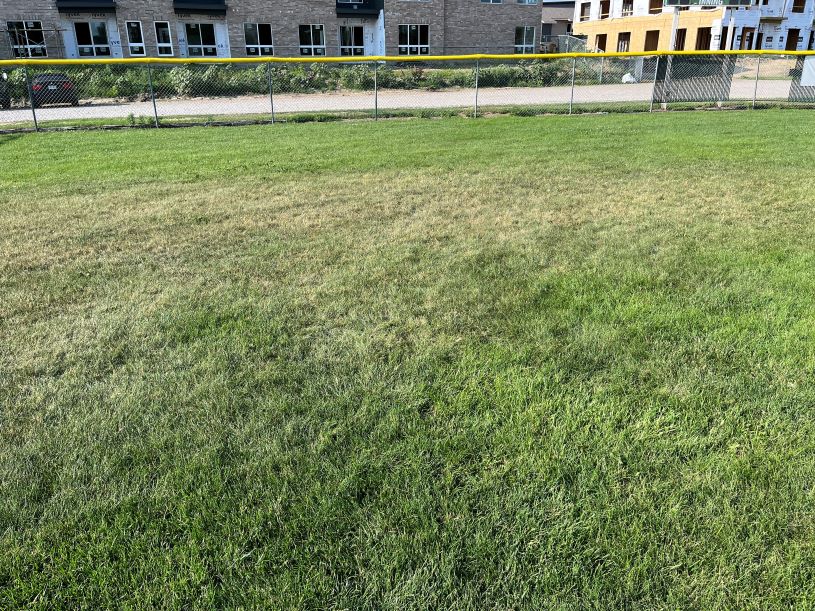
Yet extreme is still extreme. But what does that look like?
For us to address extremes, we first need to establish or recall a baseline in management operations; for example, the average tolerance to winter cold and moisture for a given sports turf species or ornamental shrub. Bermudagrass and zoysiagrass are species that have seen more implementation on both sports turf facilities and golf courses alike. When extremes in temperature, moisture and wind allow for it, these turfs thrive; when they don’t, they suffer or die outright. Ornamental shrubs such as camelia and Japanese holly are affected similarly.
In a classic sense, extremes – or the tolerance thereof – center around the preferred ranges for the healthy growth of turf and ornamentals and the degree of deviation from those influences (precipitation, temperature and wind). For the sports field manager, the bottom line is the comfort level that a person has with risking the loss of the plants due to unforeseen extremes in weather.
In addition to diseases and insect issues, extremes in weather can expand or minimize weed germination windows, especially with higher-than-average moisture and temperature. Dry and cool soils tend not to encourage germination and establishment of summer annuals, whereas warm and moist soils offer great conditions for their development. The consequence of greater weed pressure is the need for more intense management or intervention such as a second or third preemergence application for late-season summer annuals such as goosegrass or spurge in addition to foxtail and crabgrass and additional postemergence spot spraying to control broadleaves.
Weather extremes also pose the quandary of secondary vs. primary irrigation – the consideration of sprinkler systems being relied on as the sole source of moisture for plants during times when natural rainfall doesn’t fall. During periods of three to four weeks of little to no precipitation from Mother Nature, the flaws in sprinklers show up; problems such as lack of head to head coverage, hot spots where very little water is delivered, inadequate pressure, bent risers, tree roots squeezing main lines and laterals, shrubs that have grown to be in the way of the water pattern, leaking valves, risers that don’t rise above the height of cut, and so on. When it starts raining again, these problems are still there, they are just masked.
The primary cultural practice of turf aeration is also influenced during weather extremes. When temperatures and winds are on the high side, the concern is that soil moisture will be depleted too quickly after aeration, causing desiccation. On the low side, there is greater reliance on the aforementioned flawed sprinkler system to create conducive conditions to adequately pull cores and punch holes.
An additional main issue with both herbaceous and woody ornamental plants is the long-term nature of damage from weather extremes. Though commonly overlooked, severe drought usually has a two- to three-year effect on trees, shrubs, perennials and groundcovers. The extremes in soil temperature and moisture cause roots to die that are not quickly replaced, causing these plants to produce both initial and delayed responses. The most often seen symptom is an evergreen tree that turns off color due to dry soils the previous spring and summer, even though in the current year adequate soil moisture and moderate temperatures prevail.
What can be done?
Monitor weather trends
Having an idea of what types of extreme weather may be coming is a good way to help yourself anticipate and mitigate the effects of extreme weather stressors. The Climate Prediction Center (CPC) at the National Weather Service (https://www.cpc.ncep.noaa.gov/) is a great place to start. The CPC provides graphical and numerical data such as the US Monthly Drought Outlook (Figure 1), the Temperature Outlook (Figure 2) and the Precipitation Outlook (Figure 3) to help you get a glance of what may be ahead as 6-8-day, 8-14-day and 3-4-week outlooks. The temperature and precipitation outlooks can tell you if temperatures and rainfall may be higher or lower than normal and help you fine-tune your extreme weather/trouble management strategy. Learning more about El Nino and La Nina can also be helpful to help plan for longer periods of time. Much of the crazy weather changes of 2023 can be attributed to the shifting from multi-year occurrence of La Nina to a mild El Nino as the year progressed.
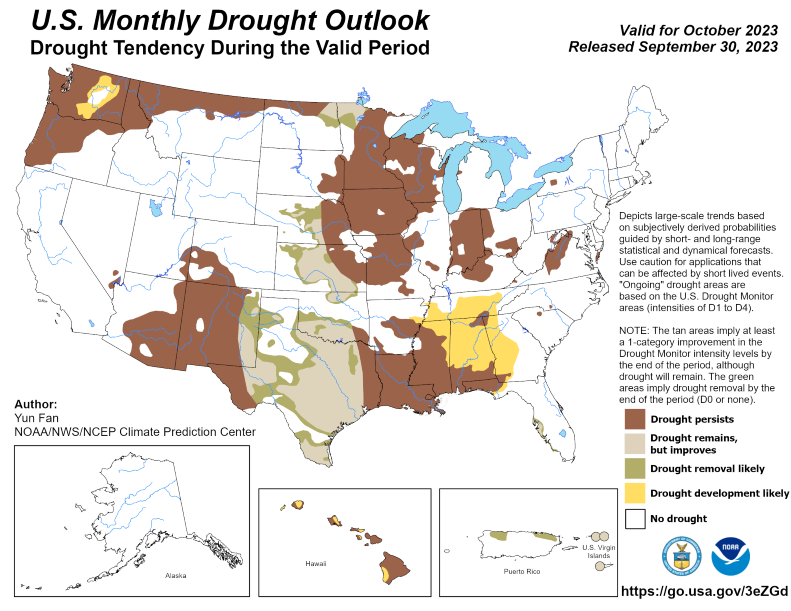
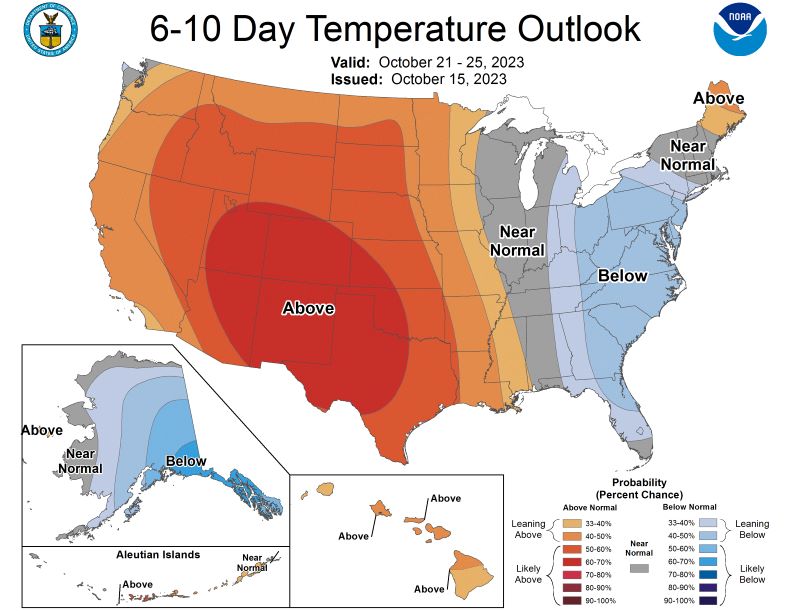
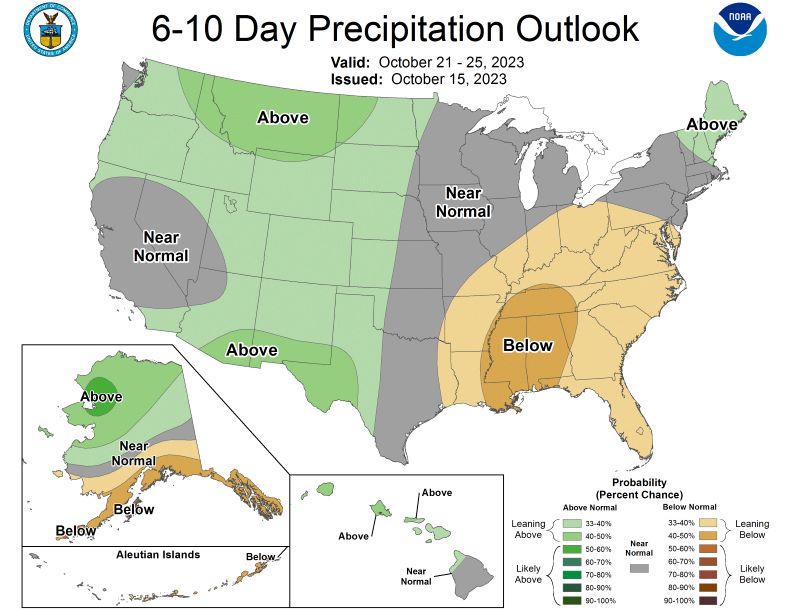
Best management practices
Best management practices for turf and ornamentals have been developed via research and carefully documented observations over a long period of time. They include thatch management, proper planting and pruning techniques, irrigation scheduling, species selection, right plant, right place, timely aeration and balanced fertilization.
Irrigation audit
Extreme weather fluctuations can be lessened though uniform application of water. When dry and wet spots exist due to non-uniform irrigation, weather extremes become more pronounced. Increasing the distribution uniformity from a low percentage to high creates more robust plants that are more resilient to drastic changes and extremes.
Scouting
Regular inspections for diseases and insects put the sports field manager ahead of the curve in terms of being able to spot an infection or infestation on the rise. Assigning staff to “look and see” on a consistent basis will provide the opportunity to respond quickly to a pest issue and devise an intervention plan if necessary.
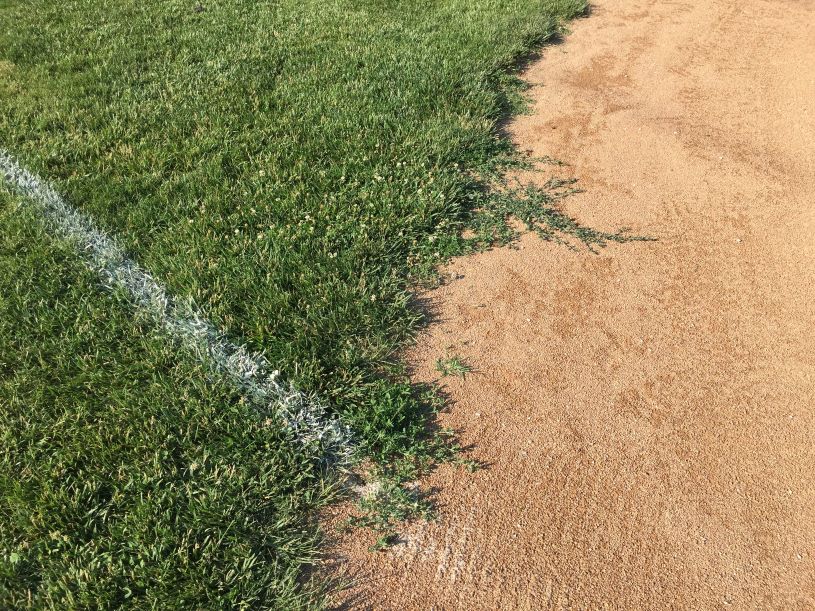
Stay focused, stay in your lane
There’s something to be said for the tried and true. Knowing where marginal plants work, especially in transition zones, and where they don’t is really helpful in managing weather extremes.
Experiment, but in a calculated manner
A tad bit contrary to the preceding paragraph is calculated experimentation, the embodiment of the phrase “nothing ventured, nothing gained.” When trying new things, it pays to ask some of your colleagues at other facilities what their experience has been with a new piece of equipment, certain plants you’ve been wondering about or hearing about, and reflecting on recent observations that don’t mesh with what has been the norm.
Stay plugged in
Go to conferences, monitor social media, talk to product vendors. It’s pretty rare that a brand-new technique or strategy arises out of thin air. Most innovations and useful applications are adaptations of existing technology. Successful managers are willing to listen and be available to learn.
John C. Fech is a horticulturist with the University of Nebraska-Lincoln and certified arborist with the International Society of Arboriculture. The author of two books and more than 400 popular and trade journal articles, he focuses his time on teaching effective landscape maintenance techniques, water conservation, diagnosing turf and ornamental problems, and encouraging effective bilingual communication in the green industry.
Bradley R. Jakubowski is a turfgrass and irrigation instructor with Penn State University. He is a certified irrigation technician with the Irrigation Association and is an author and presenter covering multiple management areas within the turfgrass industry. He focuses his time on teaching best irrigation practices and troubleshooting, weather-based management decisions, soils and plant nutrition.


